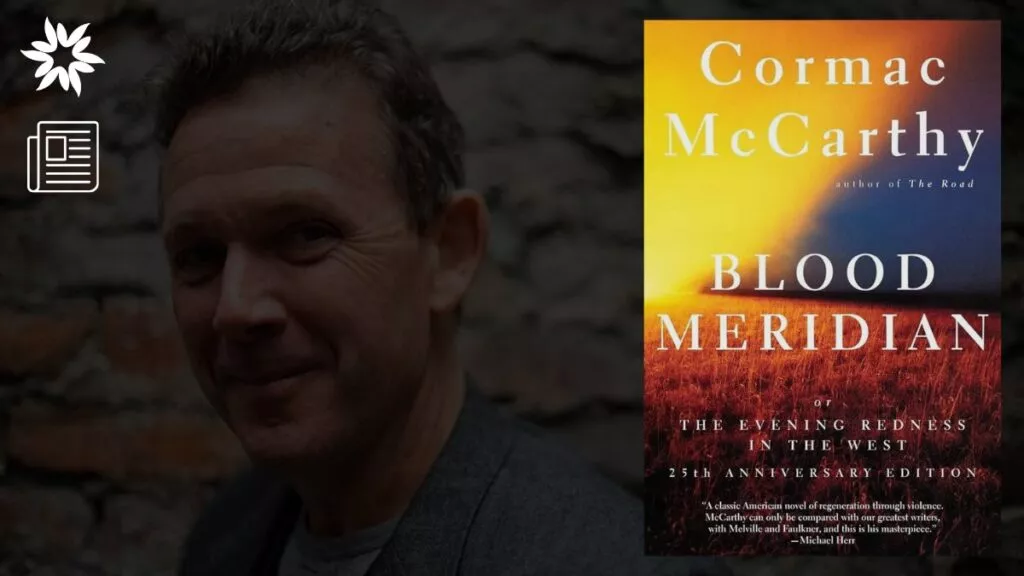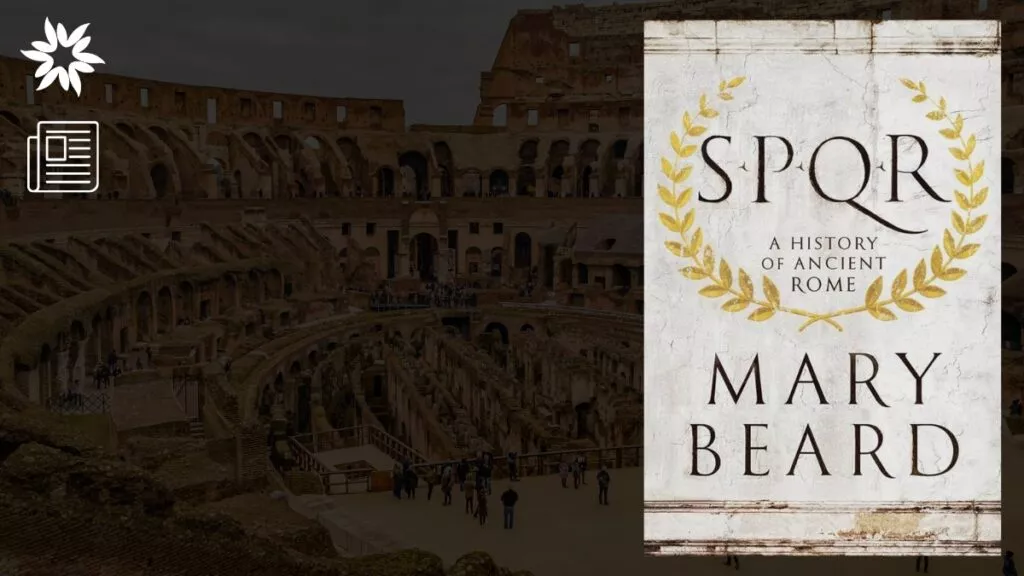Dystopian novels have long captivated readers with their bleak portrayals of future societies.
These narratives often serve as cautionary tales, exploring themes of totalitarianism, environmental disaster, and the darker sides of human nature.
Here’s a comprehensive list of some of the best dystopian novels that have significantly impacted literature.
Key Takeaways
- Dystopian novels serve as cautionary tales, exploring themes like totalitarianism, environmental disaster, and the darker sides of human nature.
- Classics such as "Nineteen Eighty-Four," "Brave New World," and "The Handmaid's Tale" have profoundly influenced the genre, offering timeless reflections on society.
- Contemporary works like "The Hunger Games" and "Station Eleven" continue to captivate younger readers, demonstrating the genre's enduring relevance.
1. Nineteen Eighty-Four by George Orwell
Published in 1949, George Orwell’s Nineteen Eighty-Four is a seminal work that has become synonymous with dystopian fiction.
The novel explores a future where the world is under the grip of a totalitarian regime led by the Party and its figurehead, Big Brother.
Orwell’s vision of constant surveillance, propaganda, and thought control is both chilling and prescient, making 1984 a must-read for anyone interested in the genre.
2. Brave New World by Aldous Huxley
Aldous Huxley’s Brave New World, published in 1932, presents a future where humans are genetically engineered and socially conditioned for predetermined roles.
The novel’s exploration of a superficially happy but deeply controlled society raises questions about freedom, individuality, and the cost of technological advancement.
3. Fahrenheit 451 by Ray Bradbury
Ray Bradbury’s Fahrenheit 451 is a powerful critique of censorship and the suppression of dissenting ideas.
Published in 1953, the story is set in a future where books are banned and “firemen” burn any that are found.
The protagonist, Guy Montag, becomes disillusioned with his society’s anti-intellectualism and begins to seek knowledge, making this novel a poignant exploration of resistance and awakening.
4. The Handmaid’s Tale by Margaret Atwood
Margaret Atwood’s The Handmaid’s Tale, first published in 1985, has gained renewed relevance in recent years.
Set in the near future in the theocratic Republic of Gilead, the novel explores themes of female subjugation and totalitarianism through the eyes of Offred, a “handmaid” forced to bear children for the ruling class.
Atwood’s stark and lyrical prose underscores the novel’s haunting themes.
5. We by Yevgeny Zamyatin
Published in 1921, We by Yevgeny Zamyatin is often credited with influencing later dystopian works like 1984 and Brave New World.
The novel is set in the One State, a society under total surveillance where individuality is suppressed.
Through the story of D-503, a spacecraft engineer who begins to question the system, Zamyatin critiques the loss of personal freedom and the dangers of an overly rationalized society.
6. Do Androids Dream of Electric Sheep? by Philip K. Dick
Philip K. Dick’s 1968 novel Do Androids Dream of Electric Sheep? is best known as the inspiration for the film Blade Runner.
The story is set in a post-apocalyptic future where bounty hunter Rick Deckard tracks down rogue androids.
The novel explores themes of identity, humanity, and the moral implications of artificial intelligence, making it a cornerstone of both dystopian and science fiction.
7. The Hunger Games by Suzanne Collins
Suzanne Collins’s The Hunger Games series, which began with the first book in 2008, has become a cultural phenomenon.
Set in the dystopian nation of Panem, the story follows Katniss Everdeen as she competes in the deadly Hunger Games, a televised event where children fight to the death.
The series critiques authoritarianism, class disparity, and the spectacle of violence, resonating with both young and adult readers.
8. Station Eleven by Emily St. John Mandel
Station Eleven, published in 2014 by Emily St. John Mandel, is a dystopian novel that explores the aftermath of a flu pandemic that wipes out most of the human population.
The narrative weaves together the lives of several characters, showing their struggles and resilience in a world devoid of modern conveniences.
Mandel’s lyrical prose and rich character development offer a poignant look at survival and the enduring power of art and memory.
9. The Road by Cormac McCarthy
Cormac McCarthy’s The Road, published in 2006, is a harrowing tale of a father and son’s journey through a post-apocalyptic landscape.
The novel’s sparse, poetic language and themes of love, survival, and hope in the face of utter desolation have earned it critical acclaim and a Pulitzer Prize.
The Road is a testament to the human spirit’s capacity for resilience and compassion.
10. Never Let Me Go by Kazuo Ishiguro
Kazuo Ishiguro’s Never Let Me Go, published in 2005, is a dystopian novel with a quiet, haunting power.
The story follows three friends who grow up in a seemingly idyllic boarding school, only to discover their true purpose as organ donors.
Ishiguro’s exploration of ethical issues surrounding cloning and the value of human life is both subtle and profoundly moving.
11. A Clockwork Orange by Anthony Burgess
Anthony Burgess’s A Clockwork Orange, first published in 1962, presents a dystopian future characterized by extreme youth violence and state repression.
The novel’s protagonist, Alex, narrates his experiences in a unique slang, exploring themes of free will, the nature of evil, and the possibility of redemption.
The book’s provocative content and linguistic creativity have made it a classic.
12. The Children of Men by P.D. James
The Children of Men by P.D. James, published in 1992, is set in a future where humans have become infertile, and society faces imminent extinction.
The novel follows Theo Faron, who becomes involved with a group of revolutionaries as they seek to protect a miraculously pregnant woman.
James’s exploration of hope, despair, and the value of human life in a dying world is both gripping and thought-provoking.
13. Oryx and Crake by Margaret Atwood
Margaret Atwood’s Oryx and Crake, published in 2003, is the first book in the MaddAddam Trilogy.
The novel follows Snowman, possibly the last human survivor, as he navigates a world devastated by genetic engineering and ecological collapse.
Through flashbacks, the story reveals the roles of his friends, Oryx and Crake, in the events leading to the catastrophe.
Atwood’s incisive critique of bioengineering and corporate greed makes this novel a compelling read.
14. The Giver by Lois Lowry
Lois Lowry’s The Giver, published in 1993, is a dystopian novel often read by young adults but appreciated by readers of all ages.
The story centers on Jonas, a boy living in a seemingly perfect society devoid of pain and strife.
As he becomes the Receiver of Memories, he learns about the darker truths behind his community’s utopian facade.
The novel’s exploration of memory, emotion, and the human experience has made it a modern classic.
15. The Time Machine by H.G. Wells
H.G. Wells’s The Time Machine, published in 1895, is one of the earliest works of science fiction and offers a dystopian vision of the far future.
The Time Traveller’s journey to a world where humanity has evolved into two distinct species, the Eloi and the Morlocks, serves as a critique of social stratification and industrialization.
To this day, Wells’s pioneering work continues to influence the science fiction and dystopian genre.
Reflecting on Dystopian Literature
Dystopian novels reflect contemporary societal issues, offering warnings and insights through their imaginative narratives.
If you’re interested in exploring dystopian literature further, these books are just a few examples of the genre’s rich and varied contributions and provide a compelling starting point.
Get ready to explore unique perspectives, post-apocalyptic futures, and profound messages that resonate across time.








